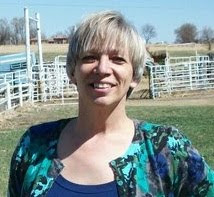 Ok, so I had a customer call me up today and ask me if Civil 3D could quickly create a solid from a surface. Apparently, they create physical models of the surface for use in their wind tunnel (how cool is that?) and the equipment that creats the models has to use a solid.
Ok, so I had a customer call me up today and ask me if Civil 3D could quickly create a solid from a surface. Apparently, they create physical models of the surface for use in their wind tunnel (how cool is that?) and the equipment that creats the models has to use a solid.Sounds like a good challenge to me. So, looking around, there seem to be several ways to do this but all of them are very time consuming, until I stumble upon this little gem. Someone out there in the great wide internet wrote a lisp routine that will create a solid out of 3d faces. So, in Civil 3D, you can display your surface as 3D faces, explode the surface (or better yet use the Extract Objects from Surface routine in 2008), and run this neat little routine and you have a solid. It took about 5 minutes to process 1,400 faces in 2008.
Now, I know I focus primarily on Civil 3D (all of my previous three posts so far) but this will work for Land Desktop as well. Just import your 3d Faces into your drawing and away you go!
If you are interested, you can find the lisp routine HERE




 Now we need to create our corridor. When we create our corridor, we'll go ahead and add all three of the regions to our baseline, before the narrowing, the narrowing, and after the narrowing. However, since we don't know the elevations for our profile along the Left and Right alignments, we'll uncheck the region for the narrowing so nothing is built in this area for the moment. This will provide us with the beginning and ending elevations for our Left and Right profiles.
Now we need to create our corridor. When we create our corridor, we'll go ahead and add all three of the regions to our baseline, before the narrowing, the narrowing, and after the narrowing. However, since we don't know the elevations for our profile along the Left and Right alignments, we'll uncheck the region for the narrowing so nothing is built in this area for the moment. This will provide us with the beginning and ending elevations for our Left and Right profiles.








